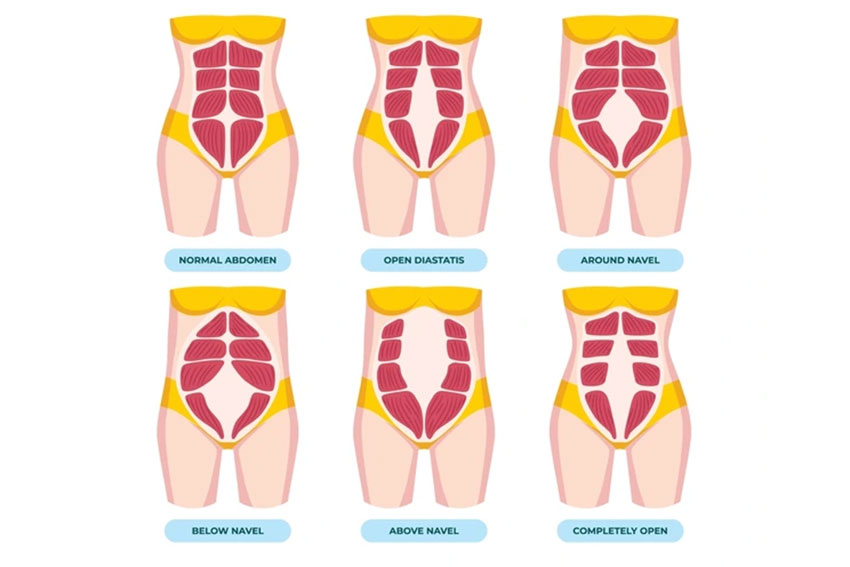Diastasis Rectus Abdominis (DRA) is a condition characterized by the separation of the left and right sides of the rectus abdominis muscle, which is commonly known as the “six-pack” muscle in the abdomen. This separation occurs along the linea alba, the connective tissue that runs down the middle of the abdomen. DRA is most commonly associated with pregnancy, as the expanding uterus stretches the rectus abdominis and the linea alba, but it can also occur in men, women who have not been pregnant, and in newborns due to incomplete development.

How Can Pelvic Floor Therapy Help?
Pelvic floor therapy can be a beneficial treatment for individuals with DRA, particularly because the pelvic floor muscles and the abdominal muscles work together to support the trunk and maintain intra-abdominal pressure. Pelvic floor therapists use a variety of techniques including exercises to strengthen the core and pelvic muscles, manual therapy to assist in the realignment and tension of the linea alba, and education on proper body mechanics and posture to decrease stress on the abdominal separation.

Tailored Gentle Strengthening Exercises
Specifically, exercises tailored in pelvic floor therapy often involve gentle, progressive movements aimed at strengthening the transverse abdominis—the deepest layer of abdominal muscles—without putting excessive pressure on the linea alba. Therapists may also use techniques like ultrasound therapy or electrical stimulation to enhance muscle function and support healing. By focusing on a comprehensive approach that includes both the pelvic floor and abdominal muscles, pelvic floor therapy can help improve the stability and function of the abdominal region, potentially reducing the width of the diastasis and improving overall core strength and functionality.
